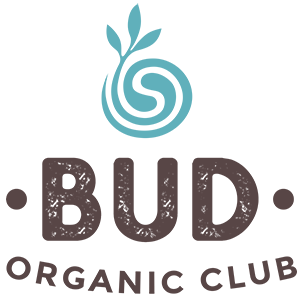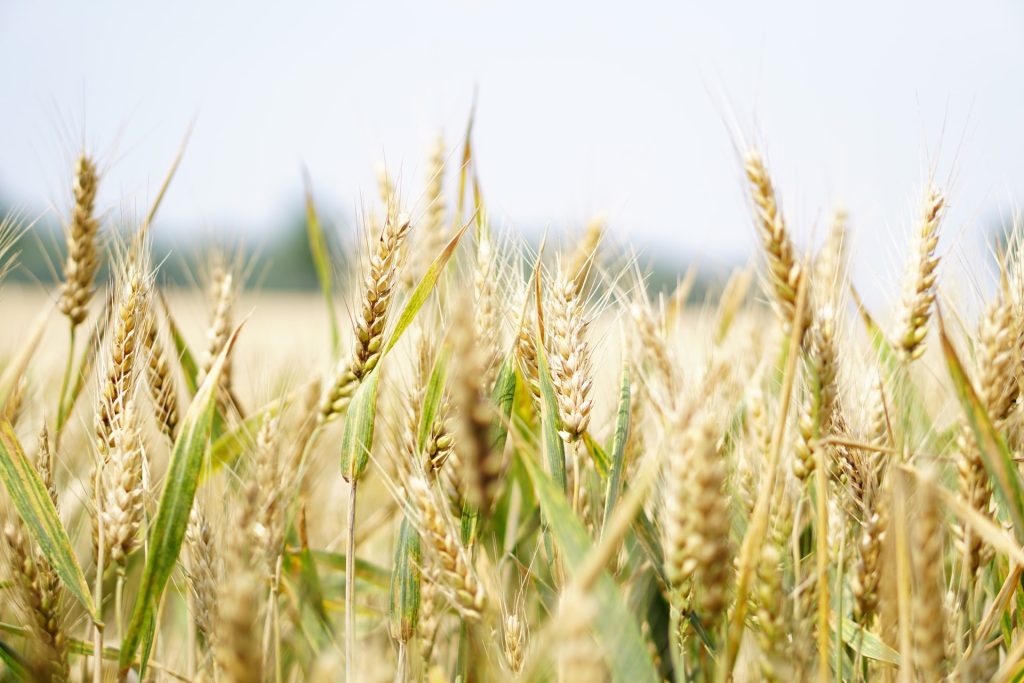Grains represent nearly 60% of the world’s total calorie intake; they are a staple food and the base to human development and diet[1]. Wheat, oats, rice and corn are some of your more common grains, however this term also extends to barley, millet, rye, spelt, sorghum and more!
With modern agricultural breeding and non-organic systems, grain yields per hectare have increased five-fold since the 1940s[2]; however, what has happened to the nutritional content? In an age when taking additional vitamins and supplements seems to be the norm, too little thought is given to how this can be addressed by your diet. Are you paying for calories or nutrients? And why can’t you get the best of both worlds in your grains, arguably one of the most important sources of nutrients?
Nutritional Benefits of Organic Grain
Research suggests that yield increases have come at the expense of many factors, including nutrient density[3], organoleptic quality[4] and the environment[5]. Studies also suggest that organic grains have higher nutritional contents then their conventional counterparts.
Eating organic whole grains can help boost your intake of vital health-promoting antioxidants, such as phenolic compounds, carotenoids, and tocopherols[6]. It has also been demonstrated that organic grain is higher in antioxidants and lower in cadmium, not to mention having a lower incidence of pesticide residues[7].
When you choose organic grain products, you get more benefits than just nutrient density!
Organic grains may also have fewer additives, as well as no artificial preservatives and or synthetic ingredients. The yield of organic grains has been shown to be lower on average than conventional, but with higher nutrient density that will nourish your body in the long-term. And that’s before considering all the underlying environmental benefits of organic production!
What Makes Grain Organic?
Organic farming relies more on natural processes than chemicals to manage and prevent pests and diseases. With fewer inputs such as synthetic fertilisers and pesticides, organic crops must rely on their own natural defences to protect themselves against pest and disease. When plant defences are activated, this can increase their antioxidant content leading to a more nutritious product.
Produce can be called ‘organic’ if it is certified to have grown on soil that had no prohibited substances applied for three years prior to harvest. Only non-GMO varieties are allowed, with a strong focus on sustainable practices and improving soil fertility.
Conclusion
Every time you buy organic grain or bread you are supporting a system of sustainable agricultural management that promotes soil health and fertility, helps combat climate change, encourages diversity of species, and protects farmers and workers from dangerous chemicals. Not to mention the potential health benefits and superior taste!
Always look for the Bud logo to make sure your product is certified organic.
Organic Grain Glossary
Carotenoids: A class of yellow, orange and red naturally occurring organic pigments produced by plants and algae.
GMOs: An animal, plant, or microbe whose DNA has been altered using genetic engineering techniques.
Phenolics: One of the main classes of plant compounds in organic chemistry.
Organoleptic: Aspects of food, water or other substances that create sensory experience (including taste, sight, smell and touch).
Tocepherols: A class of organic compounds, many of which have Vitamin E activity, associated with feedstuffs of plant origin.
[1] Available at: https://www.worldatlas.com/articles/most-important-staple-foods-in-the-world.html.
[2] Available at: https://ourworldindata.org/crop-yields#:~:text=In%20the%20period%20since%201940,tillage%2C%20and%20improved%20farming%20practices.
[3] Benbrook, C., Zhao, X., Yanez, J., Davies, N. & Andrews, P. 2008 New evidence confirms the nutritional superiority of plant-based organic foods. State of Science Review, The Organic Center June 2007.
[4] Theuer, R. 2006 Do organic fruits and vegetables taste better than conventional fruits and vegetables? State of Science Review, The Organic Center June 2007.
[5] Kramer, S.B., Reganold, J.P., Glover, J.D., Bohannan, B.J. & Mooney, H.A. 2006 Reduced nitrate leaching and enhanced denitrifier activity and efficiency in organically fertilized soils Proc. Natl. Acad. Sci. USA 103 4522 4527
[6] Available at: https://www.panna.org/sites/default/files/Nutrient_Content_SSR_Executive_Summary_FINAL.pdf.
[7] Available at: https://www.ncbi.nlm.nih.gov/pmc/articles/PMC4141693/.

